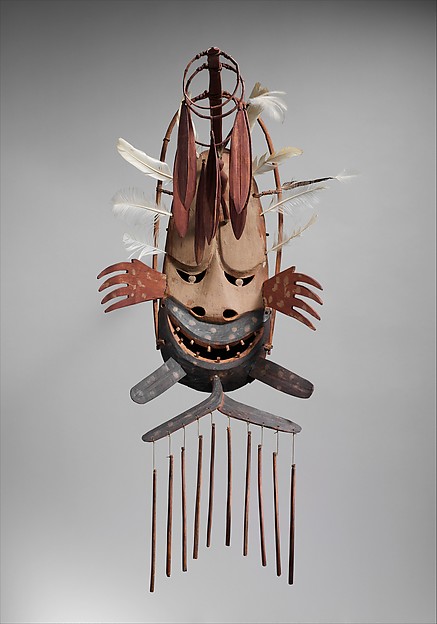
Your assignment is to create a sculpture inspired by Rube Goldberg that completes a simple task in at least 7 complicated steps. The task and materials you use are up to you. This is an art project not a science experiment, each step should demonstrate a thoughtful and playful use of materials. No fire.
You will receive two grades for this project, one for preparedness (including planning drawing and working in class) and one for your final project. You will be evaluated on the following criteria: functionality (does it work), inventiveness, creative use of materials, planning (drawing), and preparedness.
March 1 Group drawing day. Come with sketches and and all sample materials.
March 8 Work in class.
This chain reaction sculpture/video is called The Way Things Go and was made by Swiss artists Fischli and Weiss.
http://vimeo.com/4581265
Pee Wee Herman's Breakfast Machine
Myth Busters Christmas Machine
Honda Commercial
OK Go Music Video
Japanese Rube Goldberg TV Gameshow
More Rube Goldberg devices
http://www.youtube.com/results?search_type=&search_query=rube+goldberg&aq=f
Previous Year's projects
http://newworldsculpture9.blogspot.com/2009/04/rube-goldberg-devices.html








